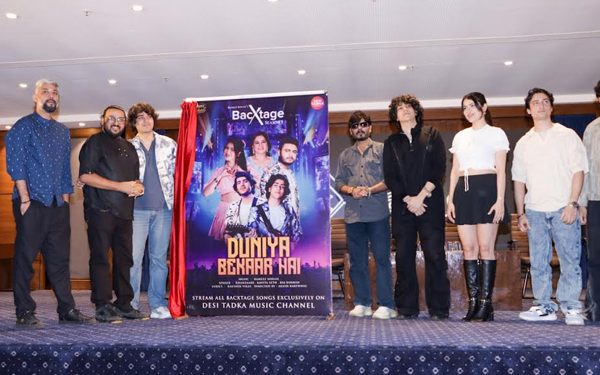MUMBAI: Rebranding SFM as Red FM has added value to the synergy of the two established radio stations in terms of advertising. One month into the rebranding, Red FM claims to have managed to grab a fair share of advertising by introducing innovative and customised packages for advertisers.
Post rebranding, the 48 network station Red FM introduced â€?48 stations at Rs. 4800′ package across its network. Red FM senior vice president and national sales head B Surendar opines, We introduced this concept as Red FM was essentially known as a metro station and we wanted the concept of our big network to be highlighted to advertisers. With the recession in the background, we wanted to offer something of value to the advertisers which would leave an impact on them. It was introduced on 20 August, and in a month it has definitely added to our inventory….
Red FM says it secured advertisers across sectors like TV channels, telecom operators, FMCG, educational institutes etc. Although we had a bigger coverage with Red FM and SFM networks, it was difficult to convert them into monetary gains as we were selling two different brands. With â€?48 stations at Rs. 4800′, we received good response from the advertisers as we are giving them value for money in terms of large number of stations, geographic reach etc….
Agreeing that metros garner more revenues for the 48 network stations, Surendar says, We have introduced customised solutions like metro packages, multi city packages, top 20 packages, statewise and zonal packages, according to advertisers’ requirements. This helps the advertisers to plan their advertising campaign zeroing on the cities they need to target….
Surendar believes that limited availability of RAM in four metros is limiting the flow of currency in radio. RAM is the only measurement tool as IRS is unreliable There is a large chunk of advertisers in metros and absence of measurement of audiences becomes a handicap for the now rebranded stations. The radio industry which today stands at four per cent of the total ad pie is slowly moving towards the six per cent mark. The coverage of RAM extending to more towns will boost advertising and provide impetus to the growth of radio in smaller cities….
Surendar insists that the percentage of retailers in radio advertising is increasing and Red FM would be concentrating on expanding retail revenues. Internationally, the retail revenue is higher than the corporate revenue given the local nature of the medium. The equation abroad is 70 per cent retail to 30 per cent of corporate, the reverse of which is prevalent in India…. The prominent sectors include telecom, real estate, education, health, organised and unorganized retailers.
However, the advertising equation seems to be changing with more retailers coming on board. Surendar foresees, Although all important sectors are advertising on radio, the question is- are they spending enough in terms of expenditure. Contributing miniscule amounts doesn’t help and sectors should invest atleast 10-12 per cent of their budgets on the medium. Education is a huge retail sector and the revenues have almost doubled from last year, FMCG and television channels constitute around 35- 40 per cent of our advertising pie. There are certain perceptions about radio advertising with some clients across categories which need to be changed….
Surendar believes that the global slowdown acted as a spoiler for radio revenues. Radio was experiencing steady growth and the slowdown affected our figures for last year. The start of this fiscal year suffered some impact of the slowdown but in the primary period from September to May, radio will see a swell in terms of advertising. The slowdown affected the revenues and now we are trying to maximise our profits by integrating our website and mobile platforms. Political advertising also spiked our revenues and might add around five per cent to our bottom line….
To exploit the festive season, Red FM has introduced interesting schemes for retailers and packaged deals for regular clients during the festive season.
Although radio is prevalent and popular, the revenues coming to the medium are not satisfactory. The USP of the medium is that the ad avoidance on radio is less compared to other mediums. FCT contributes to about 80 per cent of our revenues and non FCT can be explored to optimise radio revenues. Radio stations should embrace alternative revenue streams like merchandising, syndication of content on mobile platforms etc. The current size of the Rs eight billion industry might double upto Rs 15 billion in the next two years….
In phase III, 780 frequencies will be thrown open in 275 cities and the penetration will help the growth of radio industry. With a 48 station network, Red FM will not be concentrating much on bidding in cities and would be focusing on penetrating deeper into the interiors of the country.
Send in your comments to: anita.iyer@indiantelevision.co.in











